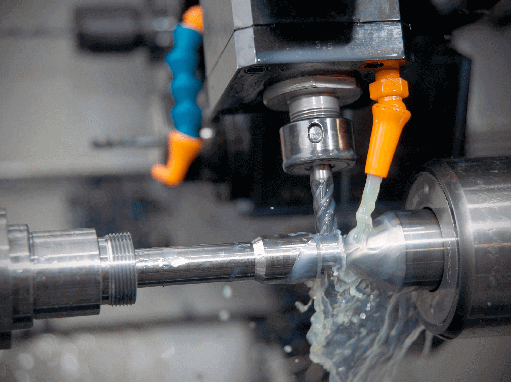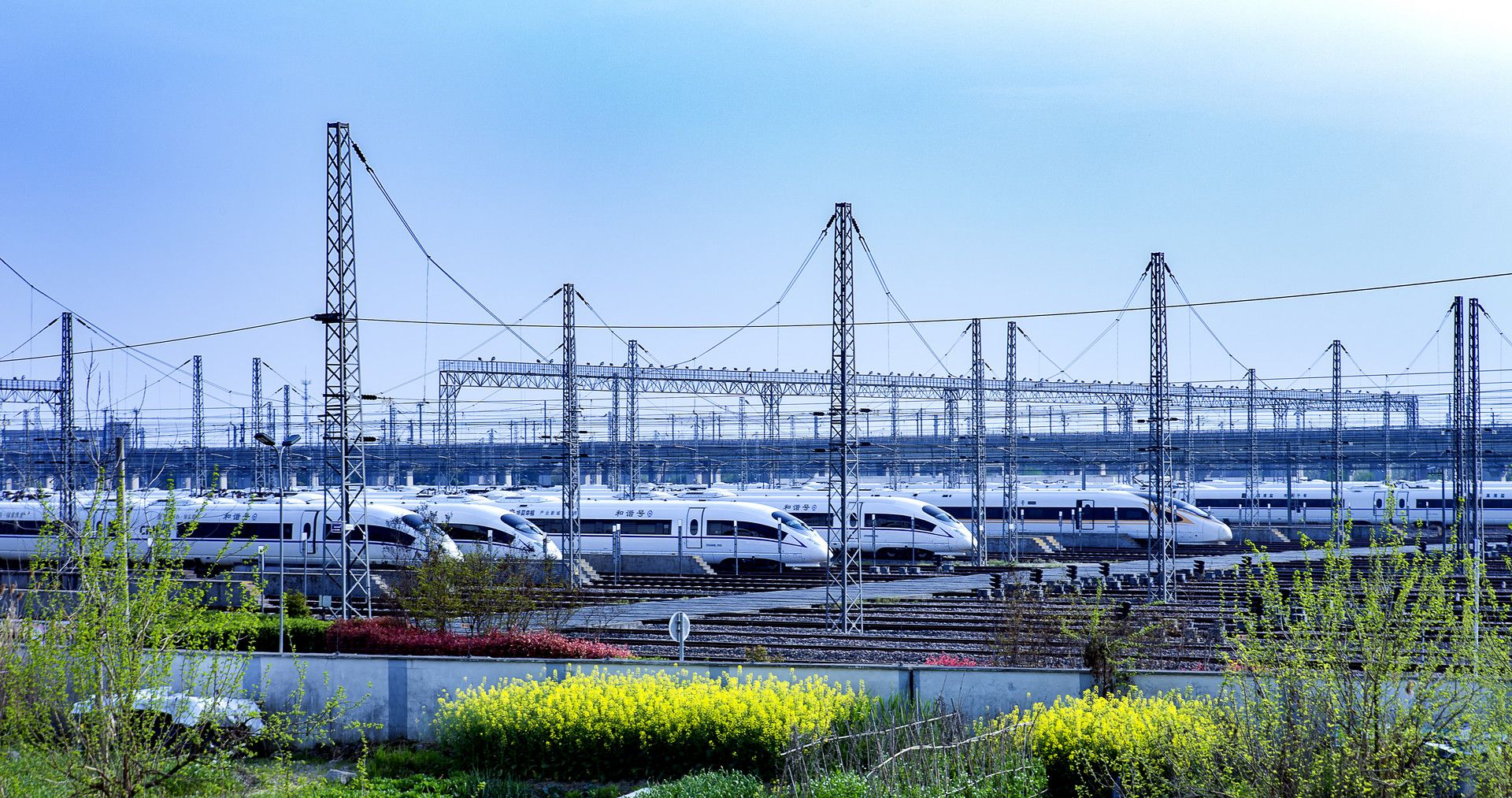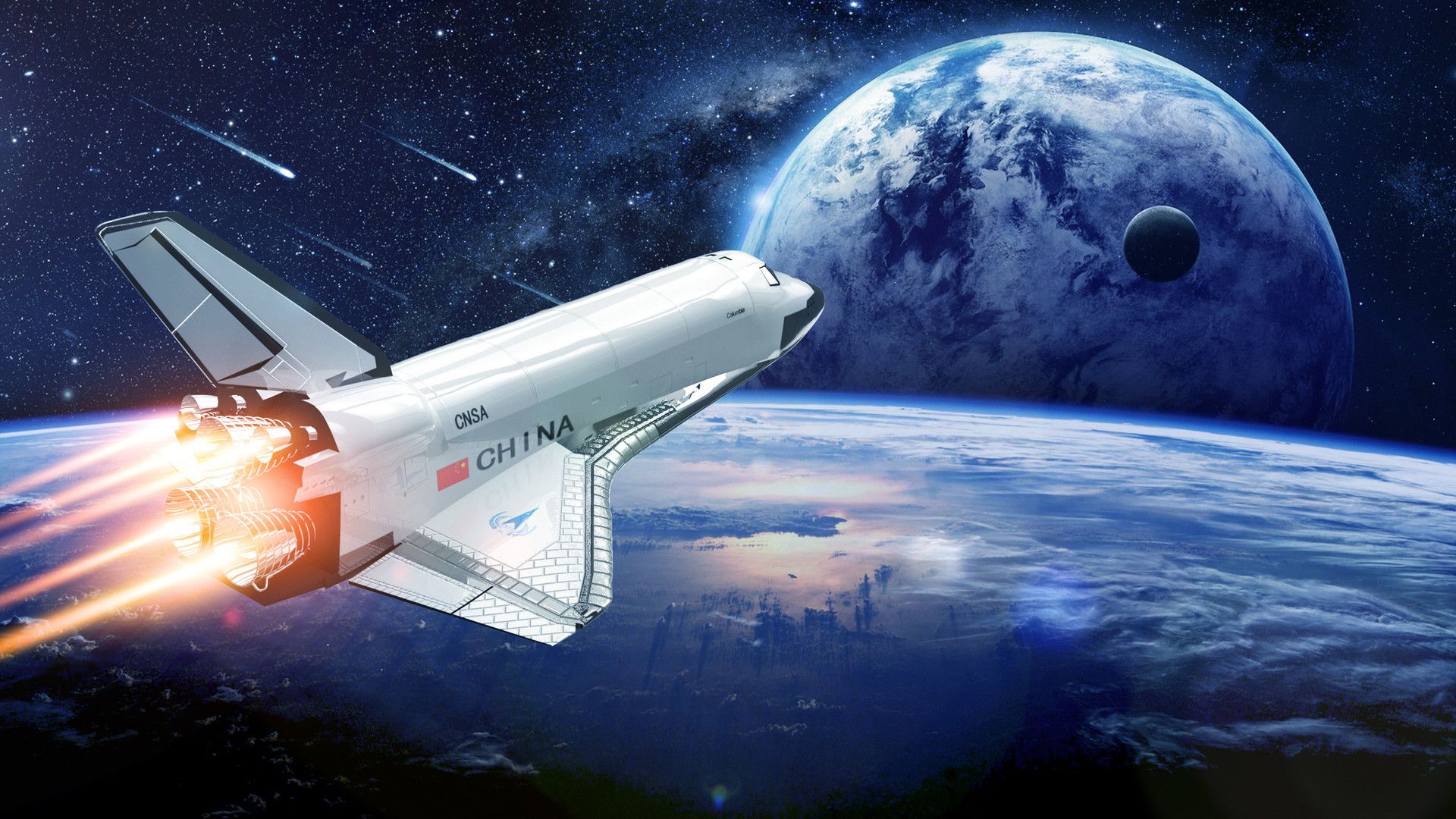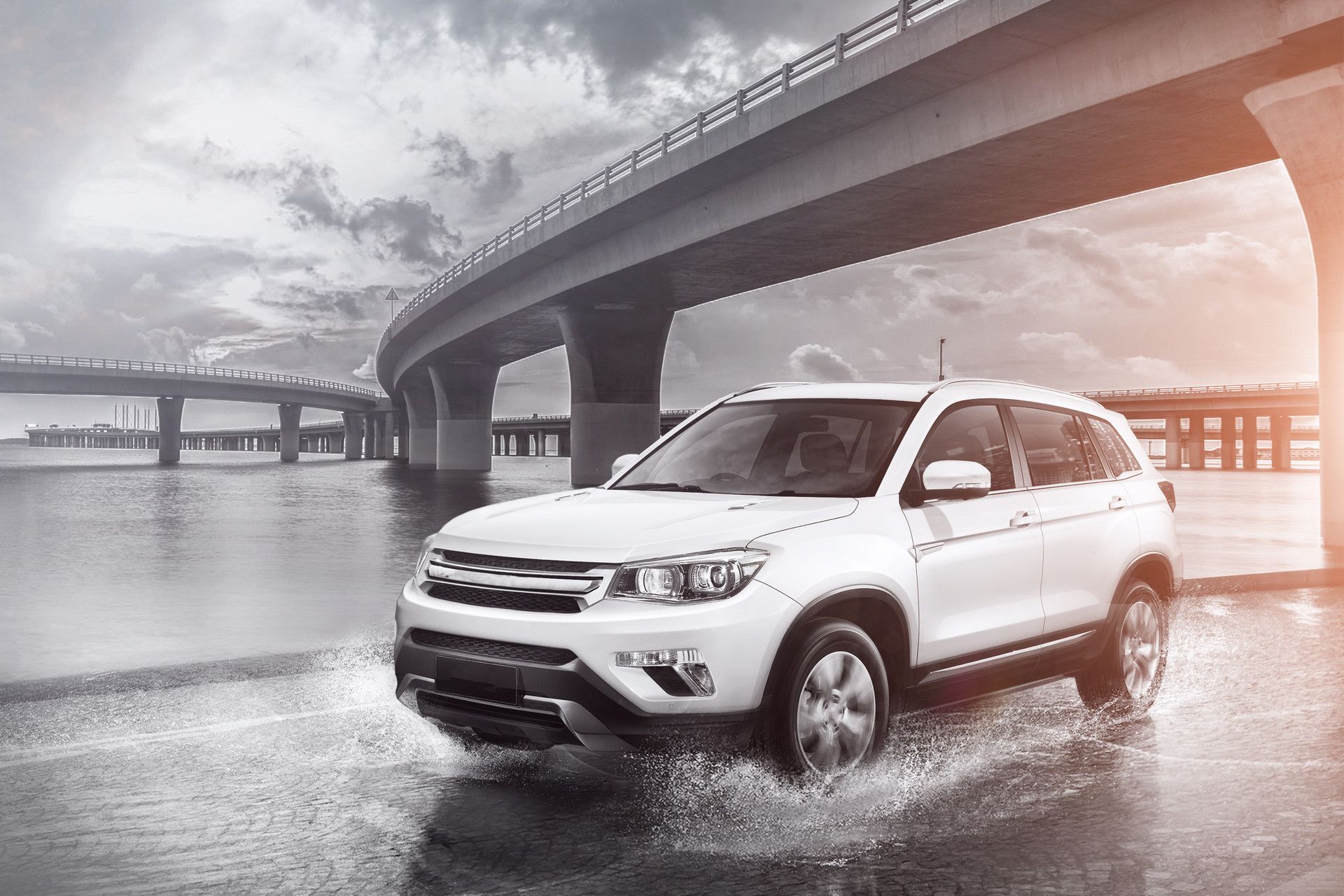ZYS provides high quality bearing products and professional bearing solutions for users in the fields of machine tool, wind power, metallurgy, automobile and rail transportation, construction machinery, etc. ZYS can perform batch production of various bearing products with inner diameter of 0.6mm to outer diameter of 6.8m. In addition to bearings, ZYS can also offer high-speed spindles, precision bearing instruments, bearing testing machines, bearing manufacturing machines and bearing parts.
ZYS precision angular contact ball bearings consist of high-precision angular contact bearings (standard series),super high-speed angular contact ball bearings,high-speed sealed angular contact ball bearings and high-speed spindle bearings.

In the metallurgical industry, the working environment of rolling mills, continuous casting machine or converters is really harsh. These conditions require bearings to withstand the harsh effects of heavy load, high temperature, dust and water. In order to meet the requirements of metallurgical industry, ZYS R & D teamhas developed bearings products with high quality, high precision and long service life and also can offer the bearing solutions for manufacturers in the metallurgical industry.

ZYS large-size heavy duty precision bearings are manufactured in our second industry park,which covers 133,333㎡ with total investment of 438 million RMB.
The inner ring,outer ring and rolling elements of bearing under normal working conditions are made of high carbon chromium bearing steel.To meet the special requirements,such as super high speed,wear-resisting,low temperature rising,long life and high reliability etc.,it’s suggested to use hybrid ceramic ball bearings.

ZYS has been committed to the research and development of bearings for rail transportation for a long time to meet the increasing requirements for rail transportation,such as higher speed,load,reliability and etc.

ZYS plays an leading role in aerospace bearing industry of China,We has successfully accomplished the bearing assemblies for “Dong fang hong” series man-made satellite,manned spacecraft series from “Shenzhou Ⅰ” to “Shenzhou Ⅹ”,“Chang’E” lunar exploration program,successful docking from “Shenzhou Ⅷ” and “Shenzhou Ⅸ” to Tiangong target aircraft.

ZYS automobile bearings include tapered roller bearings,cylindrical roller bearings,deep groove ball bearings and angular contact ball bearings,among which clutch bearings and the hub bearings units of the first,second and third generation are mainly used to gear box,axles,transmission system and other parts of all kinds of automobiles.We have conducted thorough research on wheel hub bearings,clutch release bearing,constant velocity cardan joint,gear box bearings and etc

ZYS can supply batch production of various bearing manufacturing equipments,like CNC cutting equipments and automatic production line for bearing rings,automatic grinder,superfinishing machine,precision cold rolling machine for bearing rings,semi-automatic multi-purpose grinder for miniature ball bearing rings and other precision manufacturing equipments for bearing.

Besides all kinds of bearing products,bearing measuring machines are also our main products,which have been exported to India,Iran,Romania,Brazil and many other countries.Our main measuring machines include the instruments for measuring the dimension accuracy,roundness,profile and roughness of bearing parts,the instruments for inspecting bearing performance and other instruments used to automatically inspect and control various parameters during manufacturing process.These instruments are widely used in bearing workshops,inspection stations,measuring room and assembly factories.

ZYS has conducted in-depth research on bearing testing technology and reliability theory of all kinds of bearings,engaging in the development and manufacture of bearing testing equipments and undertaking the simulation testing,life testing and other performance tests for all kinds of bearings.We can also develop and manufacture the simulation testing machines in full-automatic control for the bearings used in various machineries (aviation,spaceflight,railway,automobile,motorcycle,machine tool,motor,etc.)

Since 1958, ZYS has been committed to the research and development of “high-tech, precise, cutting-edge, specialized and special” bearings, and relevant products. Our products have been used for mining, metallurgy, wind turbine generator, machine tool, machinery, medical treatment, automobile, rail transport, etc.

In the demanding environment of rolling mills, where high radial loads and challenging operating conditions are the norm, cylindrical roller bearings play a critical role in maintaining efficiency and reliability. These bearings are designed to handle heavy loads at high speeds, making them a preferred choice for both hot and cold rolling mills across the steel and aluminum industries.Why Cylindrical Roller Bearings?Cylindrical roller bearings are specifically engineered to carry heavy radial loads. Their unique design—with rollers that are longer than their diameter—ensures superior load distribution and reduced friction. In rolling mill applications, these characteristics translate into longer service life, reduced downtime, and enhanced operational efficiency.Key Features:High radial load capacityLow friction coefficientInterchangeability with multiple bearing seriesCapability to operate at high speedsAvailable in single, double, and multi-row configurationsApplications in Rolling MillsRolling mills require bearings that can sustain extreme radial forces while also accommodating minor axial displacement. Cylindrical roller bearings for rolling mills are commonly used in:Work rolls and backup rollsIntermediate rolls in four-high and six-high millsVertical roll standsContinuous casting machinesFor example, four-row cylindrical roller bearings are widely used in backup rolls of hot strip mills due to their high load capacity and excellent resistance to wear.Choosing the Right Cylindrical Roller BearingWhen selecting a cylindrical roller bearing for a rolling mill, consider the following factors:Load direction and magnitudeSpeed requirementsLubrication method and maintenance intervalsFit and clearance specificationsEnvironmental conditions (heat, vibration, contamination)ZYS offers a wide range of cylindrical roller bearings tailored for rolling mill applications, and we can customize these bearings with special materials, surface treatments, and cage designs to meet specific operational demands.Maintenance Best PracticesProper installation and regular monitoring can significantly extend the life of your rolling mill bearings. Use condition monitoring tools like vibration analysis and thermography to detect early signs of wear or misalignment. Always adhere to the manufacturer’s guidelines for lubrication and re-lubrication intervals.ConclusionIn high-performance rolling mill operations, cylindrical roller bearings offer the durability, load capacity, and reliability required to keep production running. By understanding the specific needs of your application and selecting the right bearing configuration, you can improve uptime, reduce maintenance costs, and enhance overall efficiency.For technical support or to learn more about our full range of industrial bearings for rolling mills, contact our technical team.
2025-12-22 09:33:39 move
Cylindrical Roller Bearings in Rolling Mills: Performance and Applications
2025-12-22 09:33:39In the demanding environment of rolling mills, where high radial loads and challenging operating conditions are the norm, cylindrical roller bearings play a critical role in maintaining efficiency and reliability. These bearings are designed to handle heavy loads at high speeds, making them a preferred choice for both hot and cold rolling mills across the steel and aluminum industries.Why Cylindrical Roller Bearings?Cylindrical roller bearings are specifically engineered to carry heavy radial loads. Their unique design—with rollers that are longer than their diameter—ensures superior load distribution and reduced friction. In rolling mill applications, these characteristics translate into longer service life, reduced downtime, and enhanced operational efficiency.Key Features:High radial load capacityLow friction coefficientInterchangeability with multiple bearing seriesCapability to operate at high speedsAvailable in single, double, and multi-row configurationsApplications in Rolling MillsRolling mills require bearings that can sustain extreme radial forces while also accommodating minor axial displacement. Cylindrical roller bearings for rolling mills are commonly used in:Work rolls and backup rollsIntermediate rolls in four-high and six-high millsVertical roll standsContinuous casting machinesFor example, four-row cylindrical roller bearings are widely used in backup rolls of hot strip mills due to their high load capacity and excellent resistance to wear.Choosing the Right Cylindrical Roller BearingWhen selecting a cylindrical roller bearing for a rolling mill, consider the following factors:Load direction and magnitudeSpeed requirementsLubrication method and maintenance intervalsFit and clearance specificationsEnvironmental conditions (heat, vibration, contamination)ZYS offers a wide range of cylindrical roller bearings tailored for rolling mill applications, and we can customize these bearings with special materials, surface treatments, and cage designs to meet specific operational demands.Maintenance Best PracticesProper installation and regular monitoring can significantly extend the life of your rolling mill bearings. Use condition monitoring tools like vibration analysis and thermography to detect early signs of wear or misalignment. Always adhere to the manufacturer’s guidelines for lubrication and re-lubrication intervals.ConclusionIn high-performance rolling mill operations, cylindrical roller bearings offer the durability, load capacity, and reliability required to keep production running. By understanding the specific needs of your application and selecting the right bearing configuration, you can improve uptime, reduce maintenance costs, and enhance overall efficiency.For technical support or to learn more about our full range of industrial bearings for rolling mills, contact our technical team.
move
Understanding Four Row Cylindrical Roller Bearings: Applications, Advantages and Selection Tips
2025-12-15 15:22:11Four row cylindrical roller bearings are a key component in heavy-duty industrial applications, particularly in the steel and metal processing industries. Their unique design provides high radial load capacity while allowing axial displacement, making them ideal for applications such as rolling mills where performance, durability, and precision are critical.What Are Four Row Cylindrical Roller Bearings?Four row cylindrical roller bearings consist of four sets of cylindrical rollers positioned within a single bearing unit. Unlike single or double row bearings, they offer greater load-bearing capacity and improved stability under high-speed operations. These bearings typically come in two designs — with a separable inner or outer ring — which allows for easier mounting and dismounting.Key Features and BenefitsHigh Radial Load Capacity: Due to the increased number of rolling elements, four row cylindrical roller bearings can support extremely high radial loads.Axial Displacement Tolerance: These bearings allow for axial movement of the shaft relative to the housing, which is essential in applications where thermal expansion is a factor.Compact Design: Despite their heavy-duty handling capacity, the design remains compact, allowing for efficient use of space.Long Service Life: With proper lubrication and maintenance, they can operate reliably over extended periods, even in harsh conditions.Common ApplicationsFour row cylindrical roller bearings are most commonly used in:Hot and Cold Rolling Mills: To support heavy working rolls where high speed and load are involved.Wire Rod MillsStrip MillsPaper MachineryGearboxes in Heavy IndustryFour row cylindrical roller bearings are specifically designed to endure extreme conditions in continuous production lines, where reliability is paramount.Types and ConfigurationsDepending on the specific application, you can choose from several types of four row cylindrical roller bearings:Integral and Split Cage DesignsSeparable Inner/Outer RingsGrease or Oil Lubricated VersionsChoosing between these depends on factors such as operating speed, alignment conditions, and ease of maintenance.Selection TipsWhen selecting a four row cylindrical roller bearing, consider the following:Load Requirements: Ensure the bearing can handle both the radial loads and the operating speed of your application.Mounting Configuration: Choose a design that simplifies assembly and maintenance.Lubrication Needs: Proper lubrication is essential to prevent premature wear.Maintenance and TroubleshootingRegular inspection is crucial. Look out for signs of wear such as unusual vibration, noise, or uneven roller paths. Ensure that seals are intact and that lubrication is regularly replenished to avoid contamination and overheating.ConclusionFour row cylindrical roller bearings play an essential role in high-load, high-speed industrial applications. Their robust design and ability to handle axial displacement make them indispensable in sectors like steel processing and paper manufacturing. By understanding their features and choosing the right configuration, businesses can significantly enhance equipment reliability and reduce downtime.For more information or to find the right bearing for your application, feel free to contact ZYS technical support team.
move
Understanding Double Row Cylindrical Roller Bearings: Design, Benefits, and Applications
2025-12-08 10:25:00In industrial machinery and engineering systems, where high radial loads and compact design are key requirements, double row cylindrical roller bearings provide an ideal solution. These bearings are engineered to deliver enhanced load capacity, rigidity, and reliability across a range of high-performance applications.What Are Double Row Cylindrical Roller Bearings?Double row cylindrical roller bearings consist of two rows of cylindrical rollers positioned between an inner and outer ring. Compared to single row designs, they offer:Higher radial load capacityImproved stiffness for precise shaft guidanceCompact solutions in limited axial spaceThese bearings are suitable for applications requiring high load handling with minimal axial displacement. While they typically do not support axial loads, certain designs can accommodate limited axial movement depending on ring configurations.Design Variants and FeaturesDouble row cylindrical roller bearings are available in several designs, such as:NN and NNU series: Feature separable inner and outer rings for easy mounting and dismounting.With or without flanges: Bearings may have flanges on one or both rings, guiding the rollers in specific directions and controlling axial displacement.With cages or full complement: Bearings with cages allow higher speeds, while full complement types offer maximum load capacity at reduced speed ratings.Advantages of Double Row Cylindrical Roller BearingsThese bearings are especially valued in precise and heavy-duty applications for their:High Load Capacity: The dual rows of rollers distribute stress efficiently across the raceway.Compact Design: Enables high radial performance in limited space environments.High Rigidity: Reduced deflection under heavy loads, critical for machine tool spindles and gearboxes.Separable Components: Simplify installation, inspection, and maintenance.Common ApplicationsDouble row cylindrical roller bearings are used across industries that demand durability and precision:Machine tool spindles: Where high rotational accuracy and rigidity are essential.Steel and metalworking mills: For handling high radial loads and harsh operating conditions.Electric motors and generators: To ensure low friction and long service life under continuous operation.Gearboxes and pumps: Where space constraints and load demands require a compact, robust bearing solution.Selection Tips for EngineersWhen choosing a double row cylindrical roller bearing, consider the following:Load Requirements: Evaluate both radial and any incidental axial loads.Speed Capability: Choose between caged or full complement based on operating speed.Mounting Conditions: Ensure alignment and fit tolerances are within specification.Lubrication: Select proper grease or oil lubrication to suit the application environment.Improper mounting and lubrication are among the most common causes of premature bearing failure—so following manufacturer guidelines is critical.ConclusionDouble row cylindrical roller bearings are a reliable and efficient choice for high-load, high-precision applications. Their unique design provides excellent radial load handling, structural rigidity, and longer service life when properly applied. By understanding their capabilities and selecting the correct specifications, engineers can significantly enhance machine performance and reliability.Contact usLooking for high-quality cylindrical roller bearings? At Luoyang Bearing Research Institute Co., Ltd., we offer a wide range of double row cylindrical roller bearings with custom options to meet your engineering needs. Contact our team today for support with selection and pricing.
move